Icon of Saint Nektarios
€5,00 – €25,00Price range: €5,00 through €25,00 "without VAT"
Icon Saint Nektarios silkscreen of excellent quality with “” vivid “” colors and gold acrylic background. All icons of the Orthodox calendar are manufactured.
Icon Saint Nektarios silkscreen of excellent quality with “” vivid “” colors and gold acrylic background.
All images of the Orthodox calendar are made in any size.
He was born on 1 October 1846 AD in Silyvria, Thrace, to Demos and Vasiliki Kefalas and was the fifth of their six children. His secular name was Anastasios.
As a boy, 14 years old, he went to Constantinople, where he worked as a clerk and then as a pedagogue at the school of the Holy Sepulchre of the Holy Sepulchre. Then he went to Chios, where, from 1866 AD to 1876 AD, he served as a primary school teacher in the village of Lithio.
In 1876 AD he became a monk in the New Monastery of Chios with the name Lazaros and on January 15, 1877 AD he was ordained deacon, named Nektarios, by Metropolitan Gregory of Chios (1860 – 1877 AD), and took over the Secretariat of the Metropolis.
In 1881 AD he came to Athens, where he studied Theology at the expense of Patriarch Sophronios IV of Alexandria (1870 – 1899 AD) and received his degree in 1885 AD. Then, the same aforementioned Patriarch ordained him an elder in 1886 AD and gave him the duties of secretary and preacher of the Patriarchate of Alexandria. He also served as patriarchal commissioner in Cairo.
On 15 January 1889 AD, he was consecrated Metropolitan of Pentapolis. His activity as Metropolitan was amazing and because of this he was a prime candidate for the patriarchal throne of Alexandria. However, due to envious suggestions (obscene slanders), to Patriarch Sophronios, the humble Nectarios, in order not to grieve the old Patriarch, returned to Greece (1889 AD).
He was Preacher (Euboea) (1891 – 1893 AD), Preacher of Fthiotis and Fokida (1893 – 1894 AD) and director of the Rizarios Ecclesiastical School in Athens (1894 – 1904 AD).
After the death of Patriarch Sophronius of Alexandria (1899 AD), Nectarios was called to succeed him, but the Saint refused.
During his sermons, crowds of people gathered to “suck” the nectar of his Holy words.
In 1904 A.D. he founded a nunnery in Aegina, which he personally took over the administration, after he moved there in 1908 A.D., following his resignation from the Rizarios School.
He wrote several writings, mainly auxiliary to the divine preaching. His humility and charity were proverbial.
He died on the afternoon of 8 November 1920 AD. Such was his holiness that he performed many miracles before and after his death. He was buried in the Holy Monastery of Agia Triada in Aegina.
His relics were recovered on September 3, 1953 AD and on April 20, 1961 AD, by an Act of the Ecumenical Patriarchate, he was proclaimed a Saint of the Orthodox Church.
- 100% guaranteed transaction!
- 100% money back guarantee!
- Immediate delivery to the products we have in stock.
| Weight | N/A |
|---|---|
| Dimensions | N/A |
| Icon Decoration | with handmade serigraphy, with red border, with wood |
| Size | Big – LG, Medium – MD, Small – SM, Very large – XL, Very small – XS |
| Collection | Church supplies |
| Icon Type | Serigraphy |
| Material | Wooden |
| Usage | For the faithful people, For the House, Για το Ναό, Για το Παρεκκλήσι |
| Name of Saint | Saint Nektarios |
Only logged in customers who have purchased this product may leave a review.
You may also like…
Church supplies
Church supplies
Church supplies
Related products
Church supplies
Church supplies
Church supplies
Church supplies
Church supplies
Church supplies
Church supplies
Church supplies

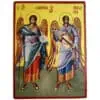
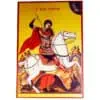

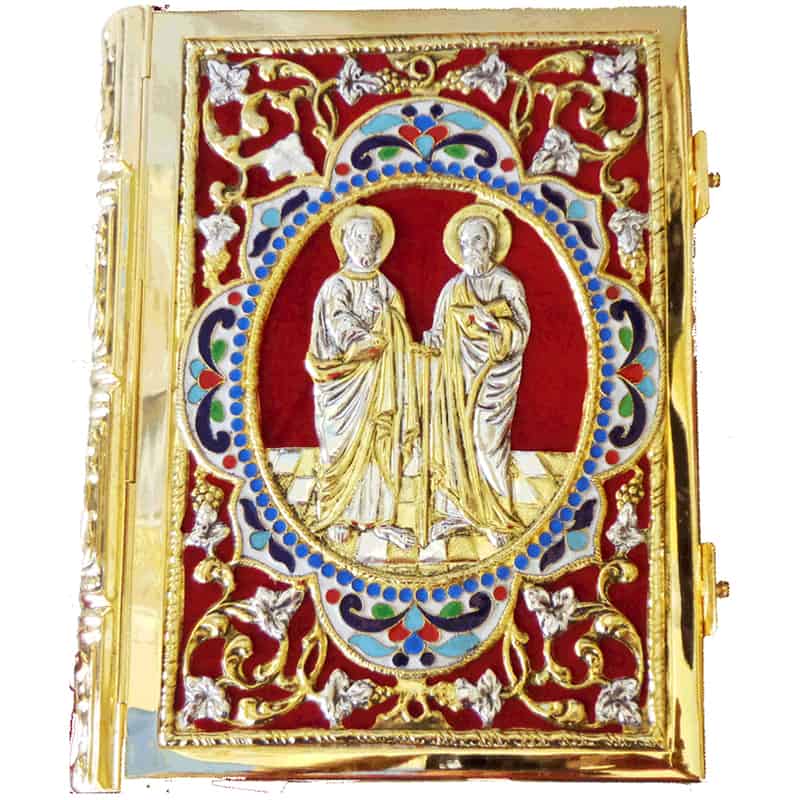
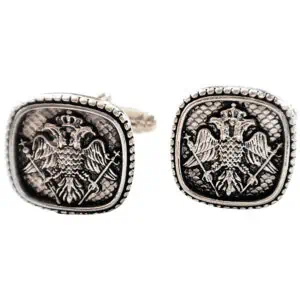

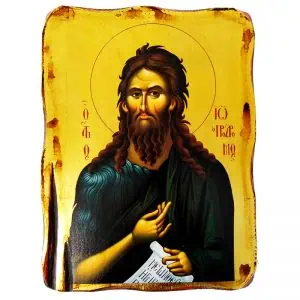
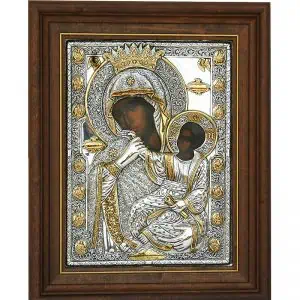



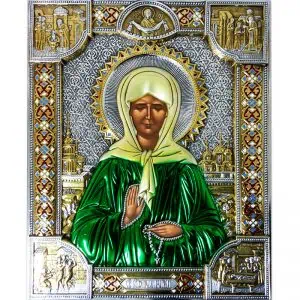
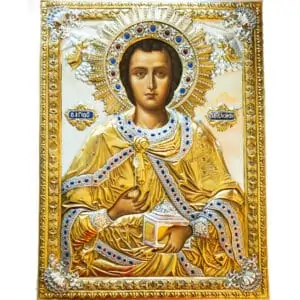
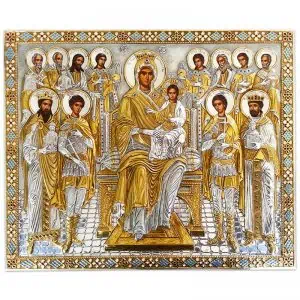

Reviews
There are no reviews yet.